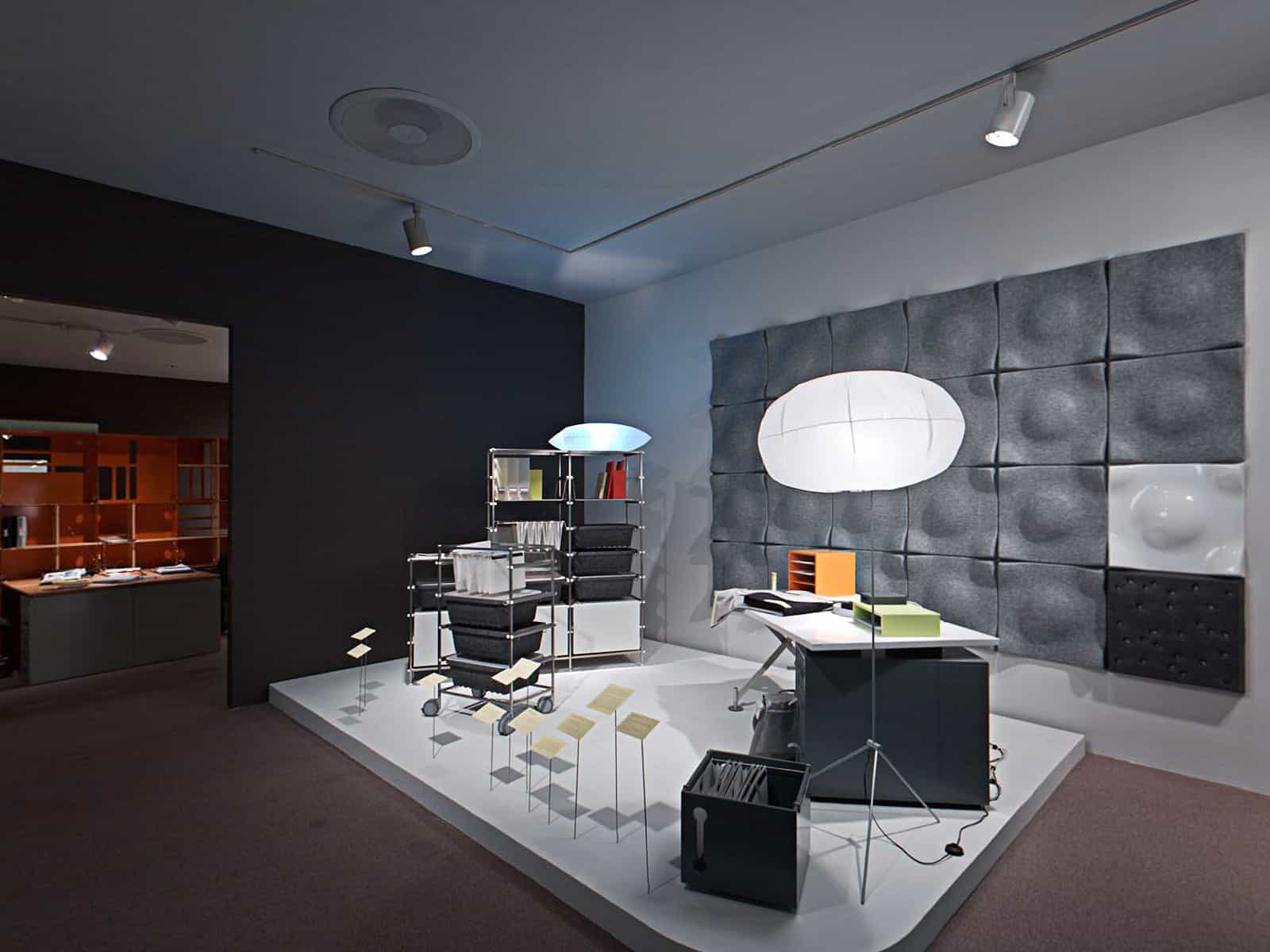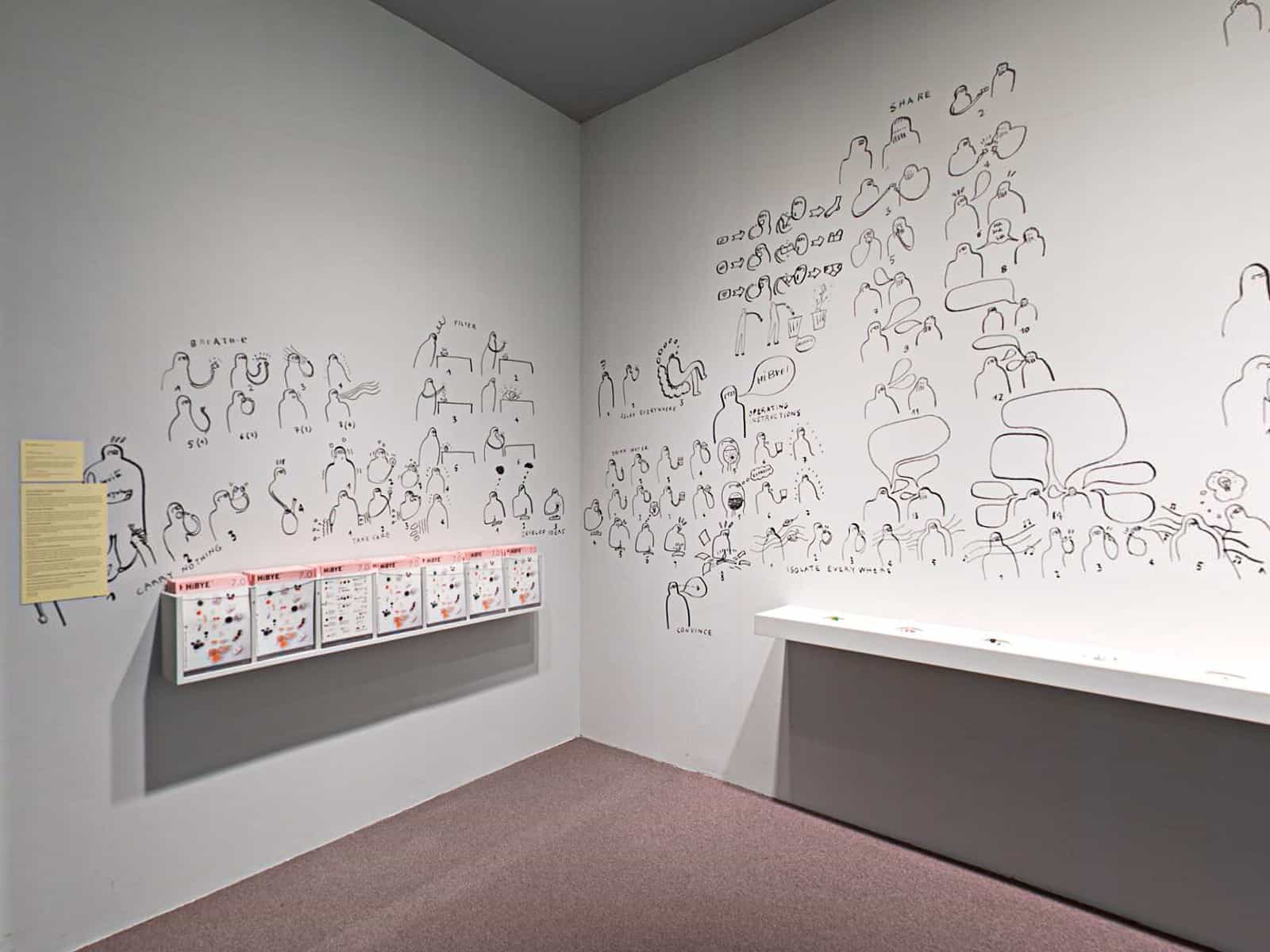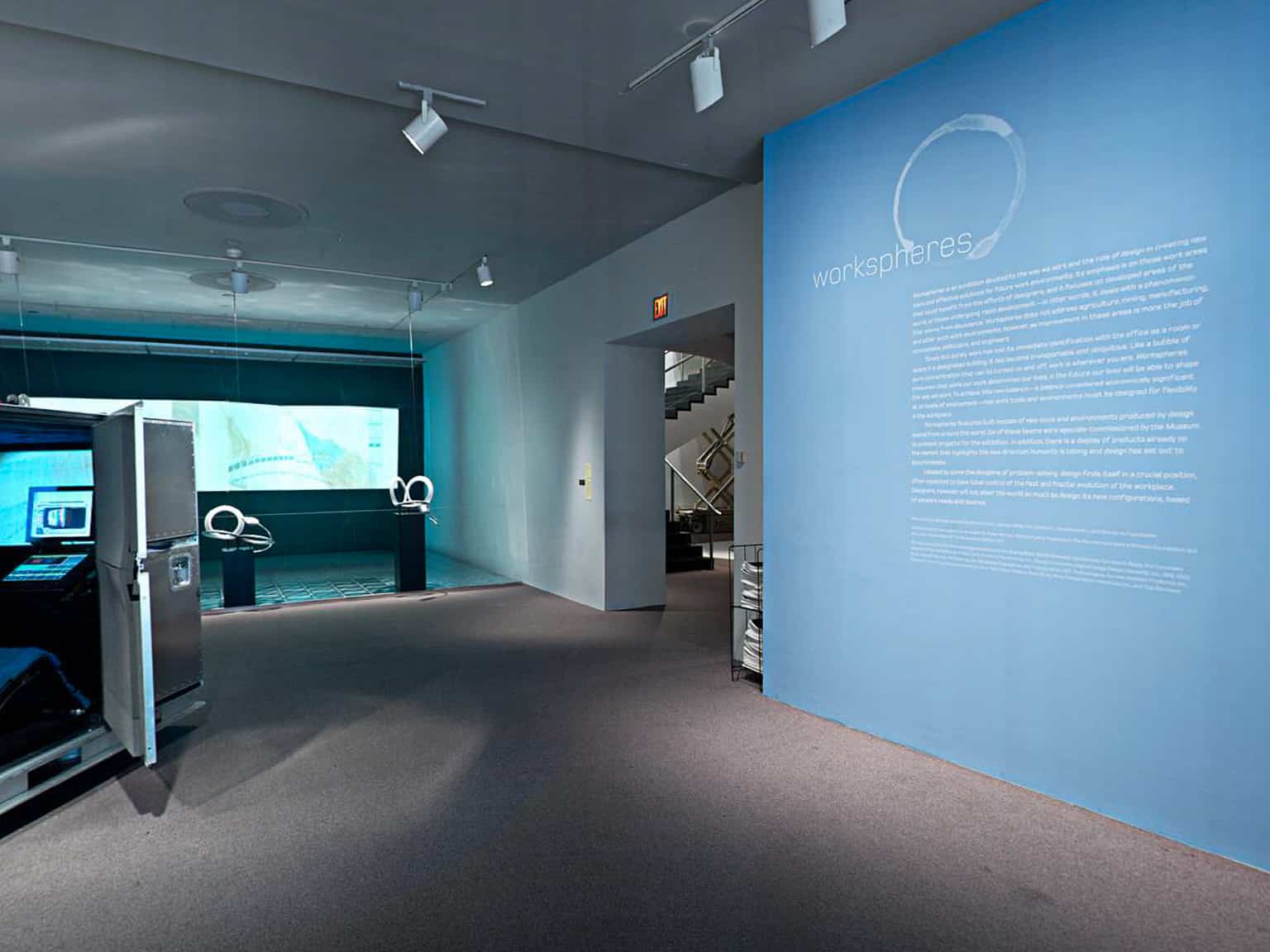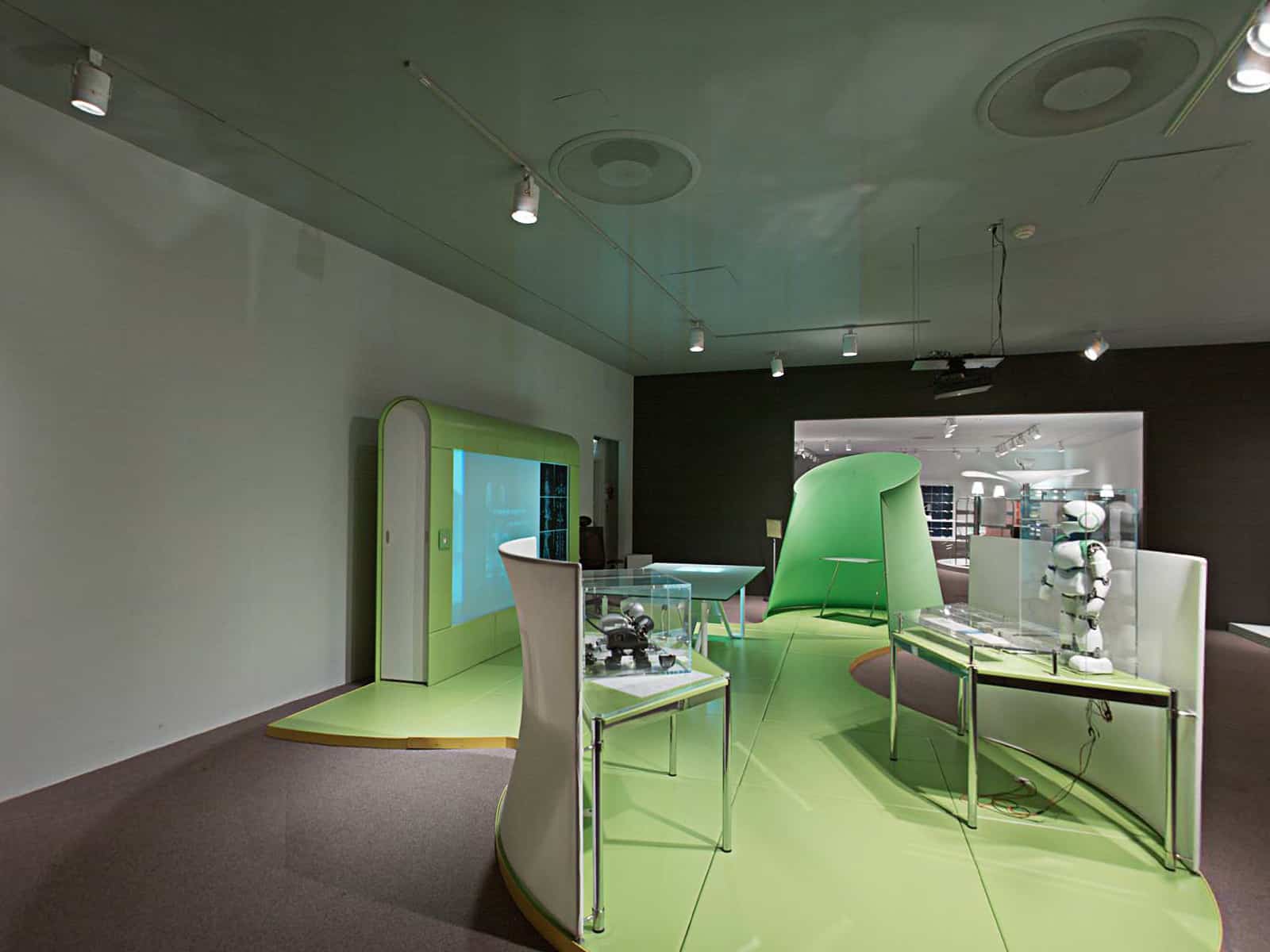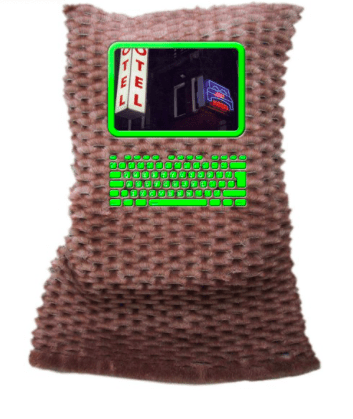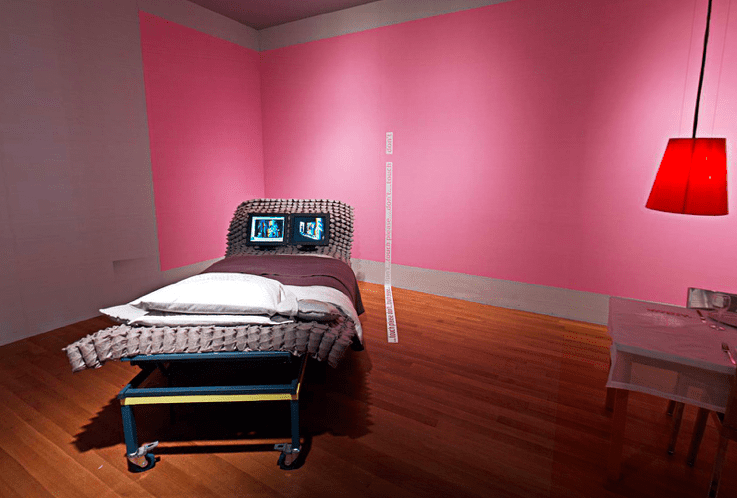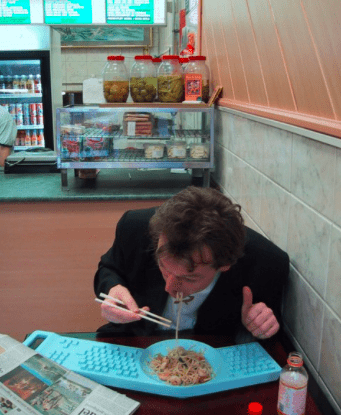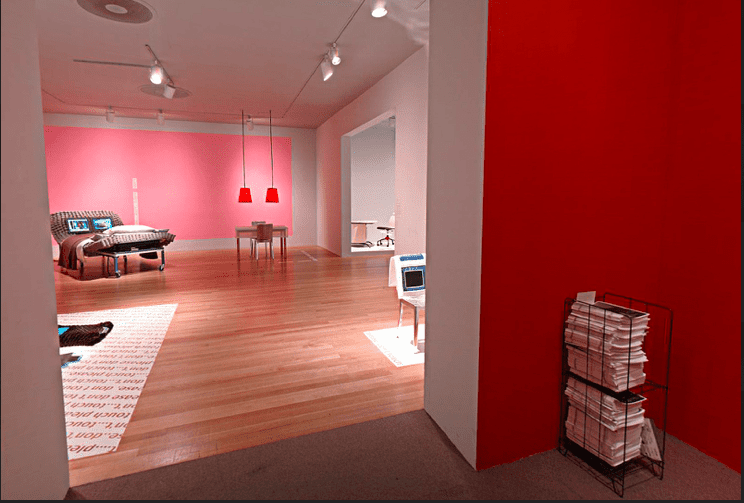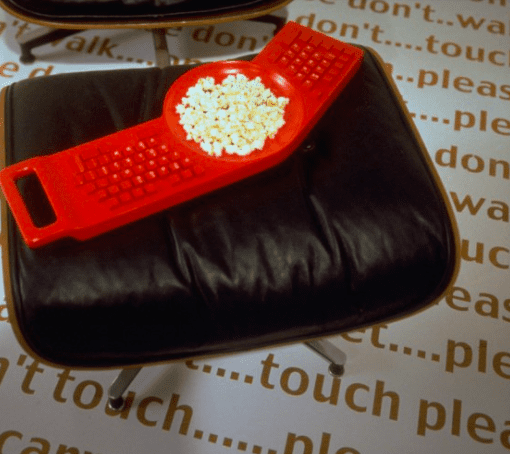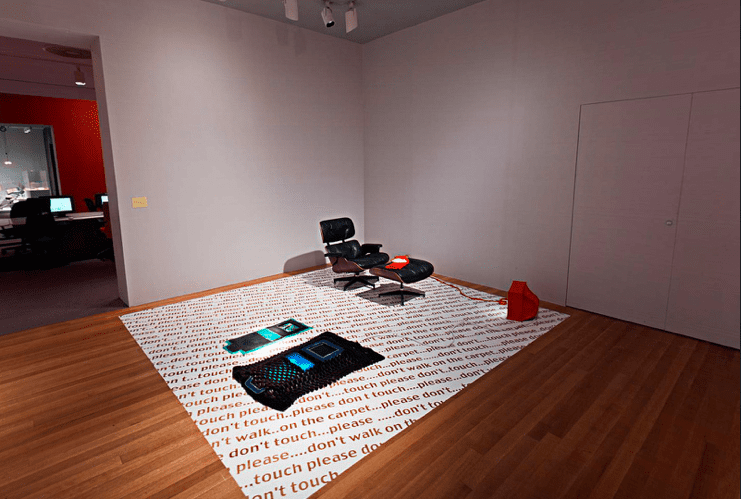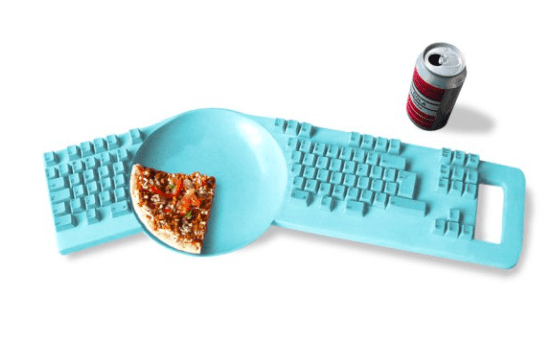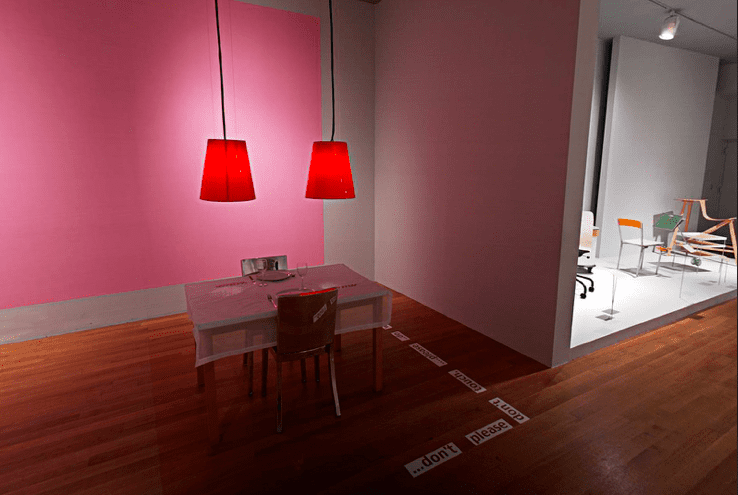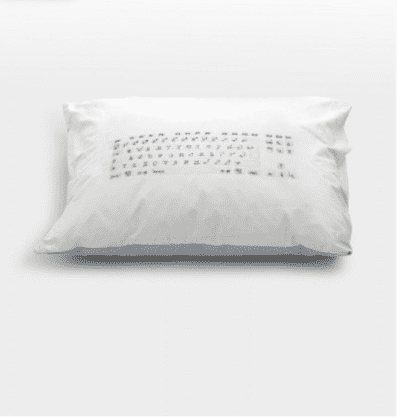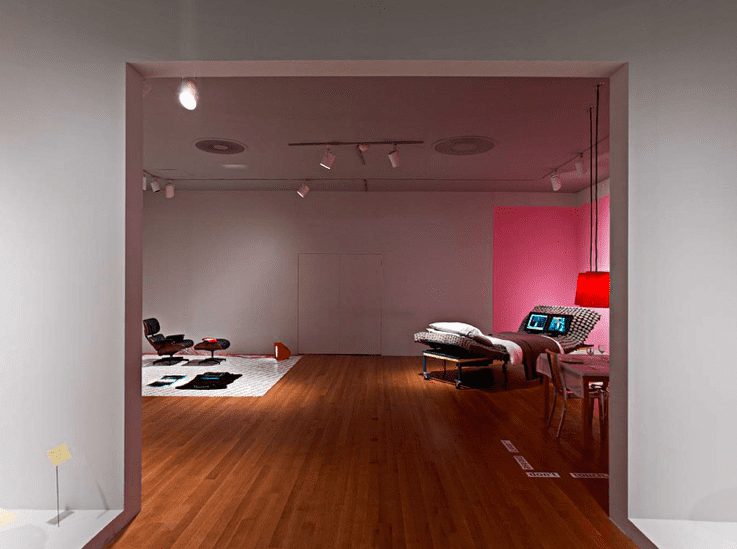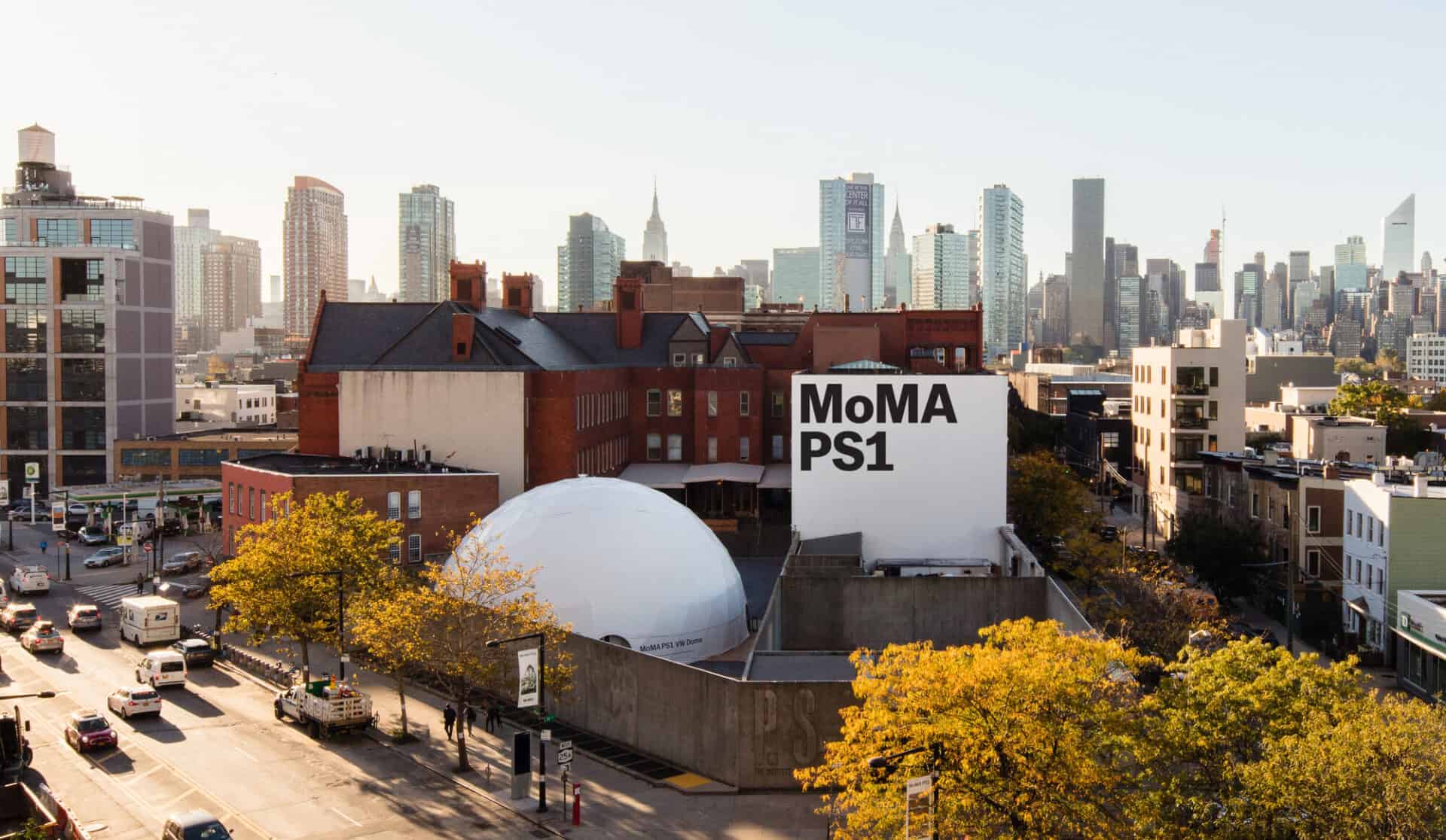Next – Project
Organised by Paola Antonelli (Curator), Sarah Robins (Research Assistant) and Jade Niklai (Research and Production Support), Department of Architecture & Design
Workspheres examined the balance between work and life, and the important role designers play in devising effective solutions for our ever-changing work paradigms. The exhibition featured six new commissions, comprising work tools and environments designed by Naoto Fukasawa, Martí Guixé, Hella Jongerius, Lot/Ek Architects, the MIT Media Laboratory/John Maeda and Joe Paradiso, and a team made up of Jeff Reuschel and Ronna Alexander, Brian Alexander, Christopher Budd, Kevin Estrada, and Brad Paley. The concepts brought to life realistic visions of the near future and the exhibited objects ranged in size and type from entire working environments to computer interfaces and personal accessories. The exhibition also presented a selection of prototypes already under development and available products that were designed with sensible and sensitive attention to the way we really want to work.
Following extensive research – conducted by the curator, an advisory board and many unofficial advisors – key findings informed the exhibition. These included time and pressure as recurrent themes, generated by the challenges of juggling work and family life, keeping up with technology and coping with a high volume of work. It was found, that many employers had in 2000 already embraced comfort as a way to build loyalty in a high-turnover market, often bringing the attributes of home into an office space. A new sense of hierarchy was also making an impact on architecture and dress codes were moving in a casual direction. Designers and manufacturers were moving away from muted corporate colours toward more freedom of choice and customisation. By extension, the exhibition was organised under the sub-headings: The Reorganisation of Time and Data, Nomadic and Domestic Work, Space for Creativity, Isolation and Relaxation within an Existing Office, Individuality within a Corporate Environment, and New Workstation for the Official Office.
